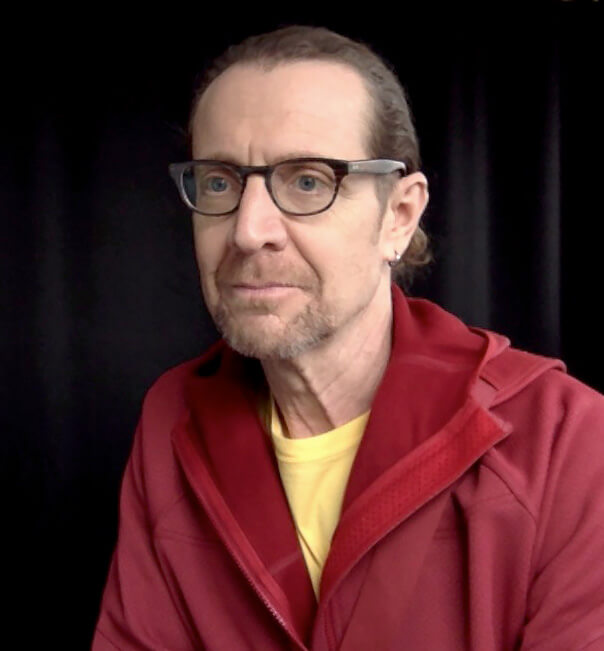Joe Vitone is a documentary fine art photographer and educator living in Austin, Texas. His work consists of large format portraiture and landscape in the United States as well as panoramic and other views examining cultures abroad. He is Professor of Photocommunications at St. Edward's University in Austin, Texas where he has lived with his family since 1991. He teaches traditional as well as digital photography and electronic media. He has received a National Endowment for the Arts fellowship in photography and been a Fulbright scholar in Costa Rica as well as a Fulbright Specialist in the Apulia region of southern Italy. In both Costa Rica and Italy, Vitone’s work centers around small-scale family based agriculture. In addition to presentations given in the United States, he has lectured on his photography in Australia, China, France, Germany, Hungary, Italy, Japan, Malaysia, Thailand, and Vietnam.
Involved in international education, he has led American students on study abroad programs in China, France, Japan, and Thailand. With a focus on documentary photography, he has worked with students outside of the U.S. in Australia, Costa Rica, France, Italy, and Thailand. His work has been exhibited at a number of venues including one-person exhibitions at the Hungarian Museum of Photography, the Akron Art Museum, and the Instituto Cultural Peruano-Norteamericano. His work is held in a number of collections including the Cleveland Museum of Art, the Center for Creative Photography, the Museum of Fine Art, Houston, Hungarian Museum of Photography, and the Smithsonian Institution National Museum of American History.
About Family Records:
These photographs have been drawn from an ongoing series of 4x5 and 8x10 inch (10x12.5 and 20.3x25.4 cm) negative portraits called Family Records which was begun in 1998 to document members of immediate and extended families of the photographer and his wife. 2017 marked 20 years of work on the pictures. The majority of the portrait subjects live in an orbit around the Rust Belt city of Akron, Ohio, former home to the country's major rubber and tire producers including Goodyear, Goodrich, and Firestone. Doylestown, Barberton, and other rural communities neighboring Akron serve as locations for many of these images along with Akron proper. The photographs generate dialogues between one another at a number of levels, some directly, as in lineage and interpersonal relation of mother to daughter, father to son, or brother to sister, and some at less specific and more universal places as well. Comment is made on finding purpose or respite in what can be a painful life, on time and aging, on moving from childhood to adulthood, on relations sustained or lost through the years, on masculinity and femininity, on sensuality and beauty seen not only in youth but in age, and on our valuing of ourselves and others not only because of our strengths but, perhaps even more so, by reason of our vulnerabilities.
